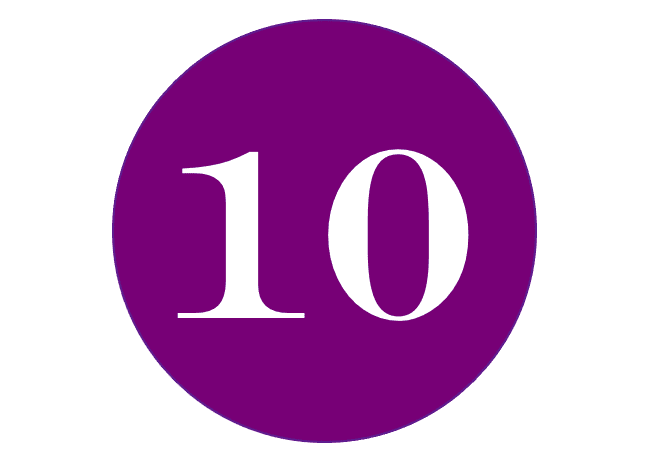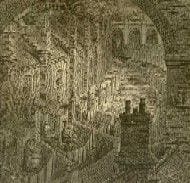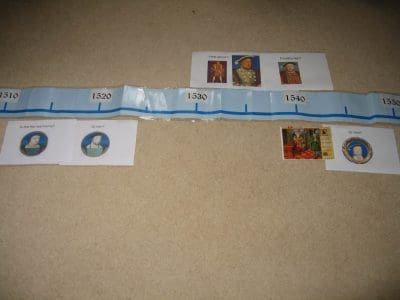
Step 1: Teacher motivates pupils to want to learn and scopes the enquiry
- Hooking them in: eg. with a slow reveal
- Making it real, exciting, a job that needs doing, a problem that needs sorting
- Setting the puzzle
- Scoping the enquiry
- Whetting the appetite for an imaginative product (stamps, plaques, tourist brochure, wiped commentary)
- Mantle of the expert
- Laying down a challenge, Do you think WE can …
Step 2: Children collect information in interesting and varied ways
- PowerPoint presentations
- DVD excerpts
- Textbooks
- Information cards/sheets
- Teacher-told story
- Pictures
- Websites
Step 3: Children make sense of ideas and process the information
- Text marking, colour coding
- Underlining
- Annotating
- Key bullet points
- Spider diagrams
- Filling in charts, grids, Venn diagrams
- Sequencing cards or pictures
- Sorting, grouping, classifying and rejecting
Step 4: Children draw their own conclusions, making their own meaning
- They advance reasons, perhaps linking and prioritising them
- They begin to recognise what








